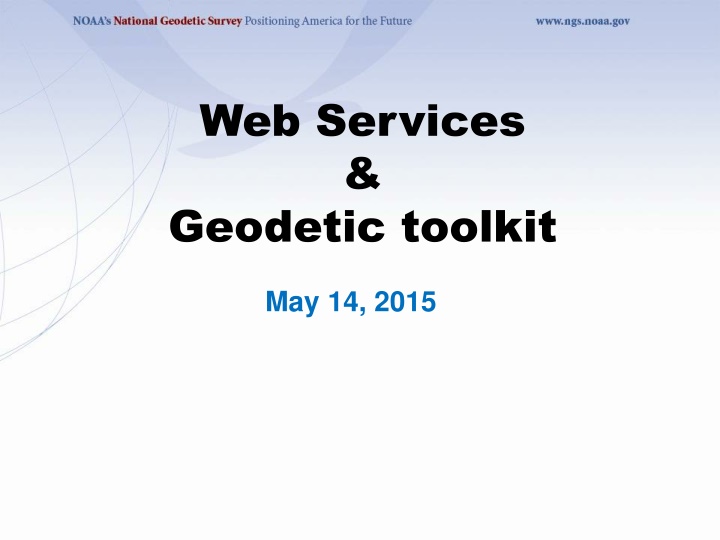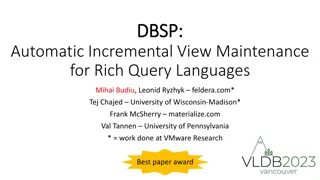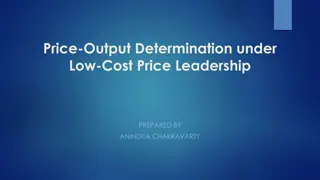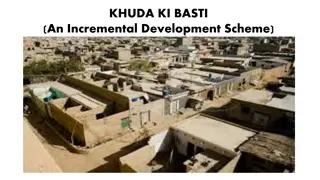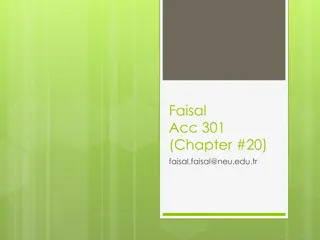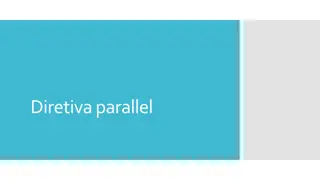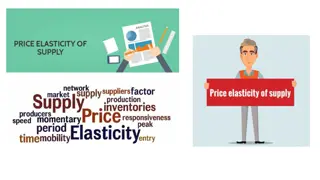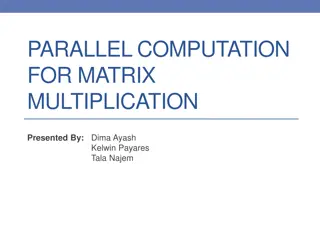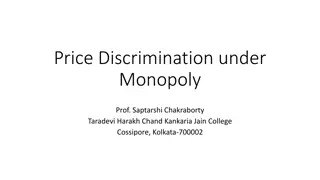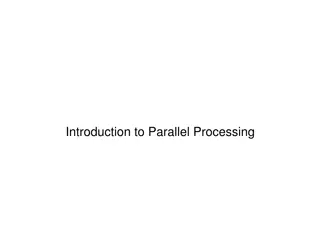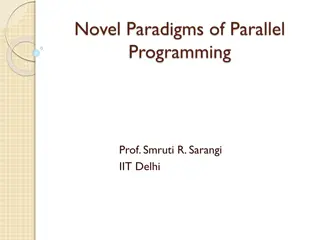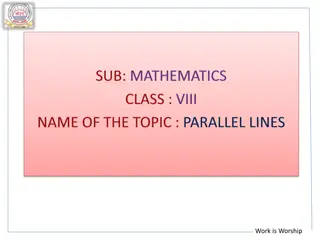Two for the Price of One: A Model for Parallel and Incremental Computation
A model for parallel and incremental computation is presented by Sebastian Burckhardt, Daan Leijen, Tom Ball from Microsoft Research along with Caitlin Sadowski and Jaeheon Yi from University of California, Santa Cruz. The model aims to improve performance in applications by leveraging compute-mutate loops, deterministic parallelism, and shared data operations using primitives like fork, join, record, and repeat. The approach combines incremental and parallel computation techniques to enhance speed and efficiency. Image references to motivation, incremental computation, and usage of concurrent revisions model are also detailed.
Uploaded on Apr 04, 2025 | 0 Views
Download Presentation

Please find below an Image/Link to download the presentation.
The content on the website is provided AS IS for your information and personal use only. It may not be sold, licensed, or shared on other websites without obtaining consent from the author.If you encounter any issues during the download, it is possible that the publisher has removed the file from their server.
You are allowed to download the files provided on this website for personal or commercial use, subject to the condition that they are used lawfully. All files are the property of their respective owners.
The content on the website is provided AS IS for your information and personal use only. It may not be sold, licensed, or shared on other websites without obtaining consent from the author.
E N D
Presentation Transcript
Web Services & Geodetic toolkit May 14, 2015
Where we are now Most NGS Web applications were built more than 10+ years ago and can be better organized to make them user-friendly. Multiple page visits are needed for a complete answer. Results are provided in plain-old html format- No computer-friendly formats supported. No easy to use API to query and extract data. Multiple point conversion not supported Underlying software inhibits integration of state of the art tools.
Where we want to be Redesign web content around a common theme Provide one-stop solutions Promote open data standards and computer-friendly formats (kml, xml, Json, etc.) Leverage geospatial tools (Oracle Spatial, map-based tools) for data discovery. Promote web services- traditional (SOAP/RESTful) as well as geospatial (WMS/WFS) Make pages interactive for better user experience Re-architect products and services around Service Oriented Architecture (SOA)
Current Progress A prototype for an integrated toolkit has been developed http://dev.ngs.noaa.gov/gtkweb Conversion from/to SPC, UTM, XYZ, and USNG supported Complete set of coordinates returned for each conversion Conversion of multiple coordinates supported Web services supported for ready integration into user software Tools provided for off-line processing via downloads Built on a state of the art web framework for better user experience
Whats Next Standardize attribute naming convention (Meta data). o Latitude, longitude, orthometric_ht, geoid_ht Integrate other toolkit components into the prototype -Nadcon, Geocon, Vertcon, VDatum, HTDP, Geoid Develop a standard API for interpolation
